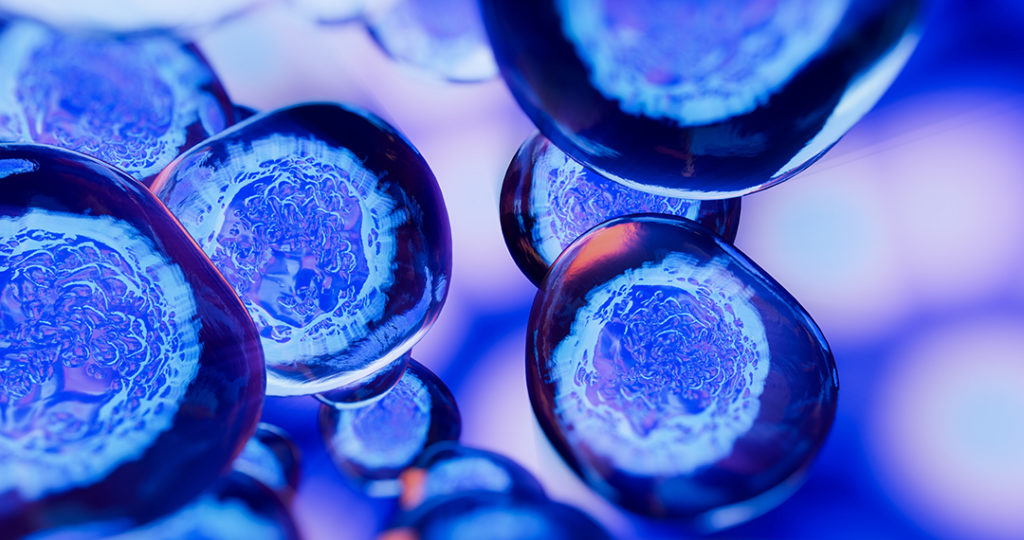Trials and Treatment
The cord in cord blood refers to the umbilical cord. The blood is the remaining fluid found inside an umbilical cord after a child is born. It contains millions of extremely powerful hematopoietic stem cells, a.k.a., HSCs. These stem cells have the capacity of transforming into any type of blood cell and, as such, can be potentially used to rebuild a patient’s compromised immune system, for example, a person who has been subjected to an aggressive therapy against cancer, his/her leukocyte or white blood cell count at a historical low.
So why are these HSCs known as miracle workers?
Currently, stem cell treatment uses primarily the HSCs cell type as part of therapy that has proven safe and efficient for thousands of patients with cancers, blood disorders, immune and autoimmune disorders.
Cord blood banking is the preservation of newborn stem cells, that is, saving the remaining blood in the umbilical cord for future use. What makes HSCs the preferred source is precisely this, that they are collected at birth. Everyone’s very own bone marrow also has the same stem cells as cord blood, but they too get older as your body ages. Shiny newborn stem cells have not undergone any ageing process or been exposed to harmful environmental factors. They are fresh, so to speak.
There is research of the potential benefits of regulatory T cells, which are also present in cord blood. Lab studies are trying to determine if they could be helpful for patients with autoimmune conditions, i.e., type 1 diabetes.
30+ Years Saving Lives
Since 1988, cord blood stem cells have helped rebuild healthy blood and immune systems after stem cell transplants. To date, over 40,000 patients worldwide have benefitted.
But the most exciting research is taking place in the 100+ clinical trials conducted currently for regenerative medicine. Potential future applications in this field could help the body heal itself, repairing and replacing damaged tissues and organs, but also addressing a panoply of potentially lethal neurological conditions. In this case, rather than HSCs, the most advanced medicine is looking into the untapped possibilities of mesenchymal stem cells or MSCs, whose potential medical benefits will most probably be a reality within your child’s lifetime.
Extremely Hopeful Stats and Number
- The first cord blood transplant took place in 1988
- Cord blood accounts for 40,000+ stem cell transplants worldwide, from both public donor and private family banks.
- Full siblings have shown up to a 75% chance of being at least a partial genetic match, while your own baby is always a 100% match to their own cord blood. The treating physician has the last word on potential use.
- Currently, there are around 7,600 clinical trials researching potential stem cell treatments and applications for different conditions, the majority of which are now incurable.
- HSCs stem cell transplants help counteract over 80 different diseases today, among them:
Metabolic Disorders
- Krabbe Disease
- Hurler Syndrome
Blood Cancers
- Leukemia
- Lymphoma
- Myeloma
Solid Tumors
- Neuroblastoma
Immune Disorders
- SCID
- Wiskott-Aldrich Syndrome
Blood Disorders
- Sickle Cell Anemia
- Aplastic Anemia
- Fanconi Anemia
- MSCs regenerative stem cell possibilities are being researched today for future uses, including:
- Autism
- Brain Injury
- Multiple Sclerosis
- Cerebral Palsy
- Parkinson’s Disease
- Alzheimer’s Disease
- Cystic Fibrosis
- Hearing Loss
- Hypoplastic Left Heart Syndrome
- Bone Fractures
- Burns
- Stroke
- Arthritis
- Crohn’s Disease
- Heart Attack
- Liver Disease
- Diabetes
- Spinal Cord Injury
- Lung Disease
Sources:
https://www.cordblood.com/benefits-cord-blood
https://cells4life.com/cord-blood-banking-overview/stem-cell-treatments/


